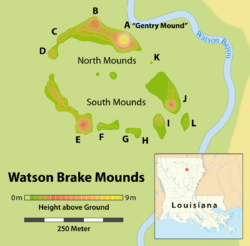Archaeology

Poverty Point
Poverty Point in Louisiana, one of the most significant archaeological sites in in the world, dates to 3,500 years and represents the largest, most complex settlement of its kind in North America.

Poverty Point in Louisiana, one of the most significant archaeological sites in in the world, dates to 3,500 years and represents the largest, most complex settlement of its kind in North America.
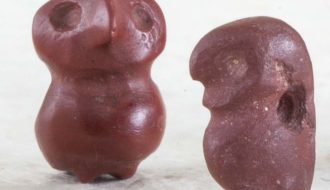
This entry covers prehistoric Poverty Point culture during the Late Archaic period, 2000–800 BCE.

This entry covers the Pre-Clovis and Clovis cultures during the Early Paleoindian Period, 11500–9500 BCE, and Middle Paleoindian Period, 9500 BCE–8800 BCE.
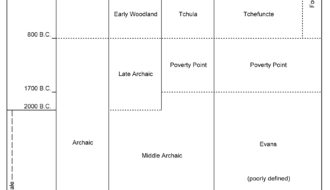
This entry explores the history of American Indian life in Louisiana from 11,500 BCE to 1700 CE through the study of prehistoric archaeology.
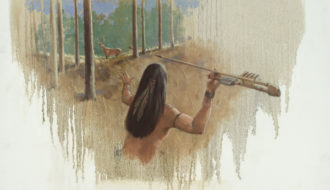
This entry covers the San Patrice culture during the Late Paleoindian and Early Archaic Periods, 8800–6000 BCE.
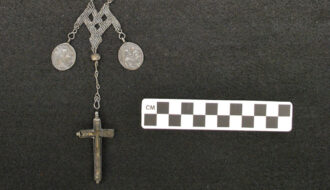
Thousands of New Orleans’s eighteenth-century residents are interred at the site of the St. Peter Street Cemetery in the French Quarter.
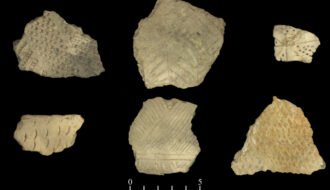
Tchefuncte culture flourished in Louisiana during the Early Woodland Period from 800 BCE to 1 CE.

An archaeological site on the north shore of Lake Pontchartrain helps researchers understand Tchefuncte culture from 600 to 200 BCE

Dating to the Late Woodland Period, from 400 to 700 CE, the Troyville Culture is named for an archaeological site in Catahoula Parish.

Located near Jonesville, the Troyville earthworks are a Baytown period Native American archaeological site that dates from 400 to 700 CE.
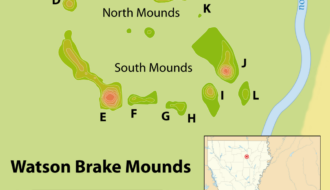
Watson Brake is a prehistoric Evans culture site in Ouachita Parish dating to 3500–2800 BCE.
One-Year Subscription (4 issues) : $25.00
Two-Year Subscription (8 issues) : $40.00
